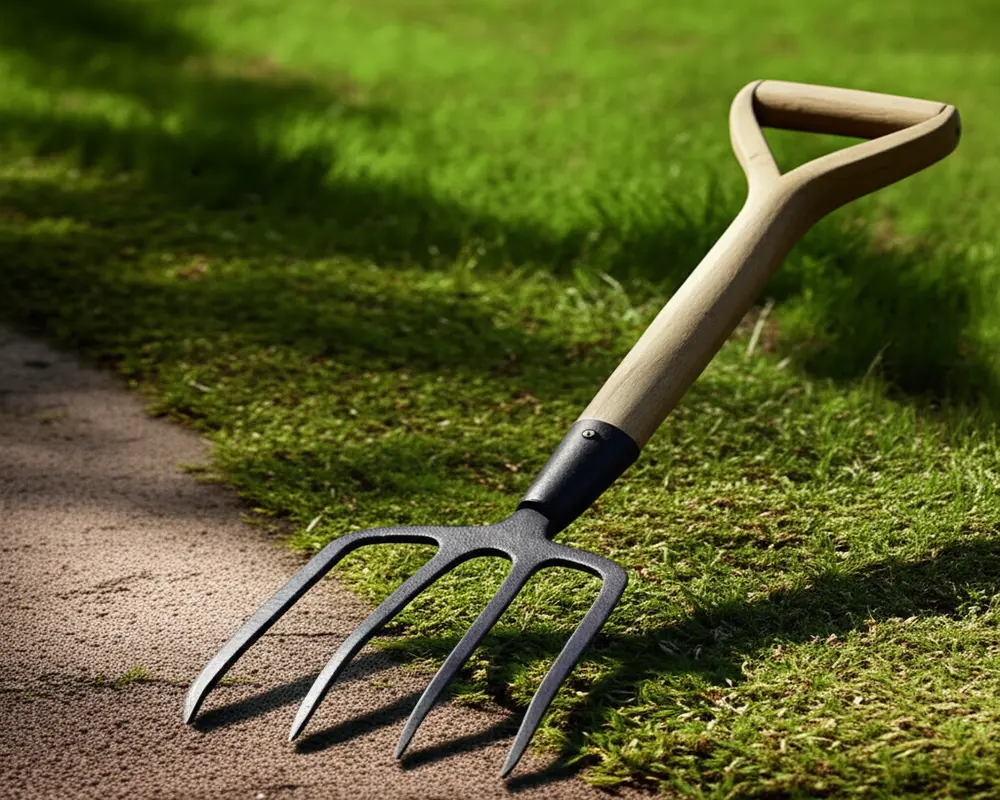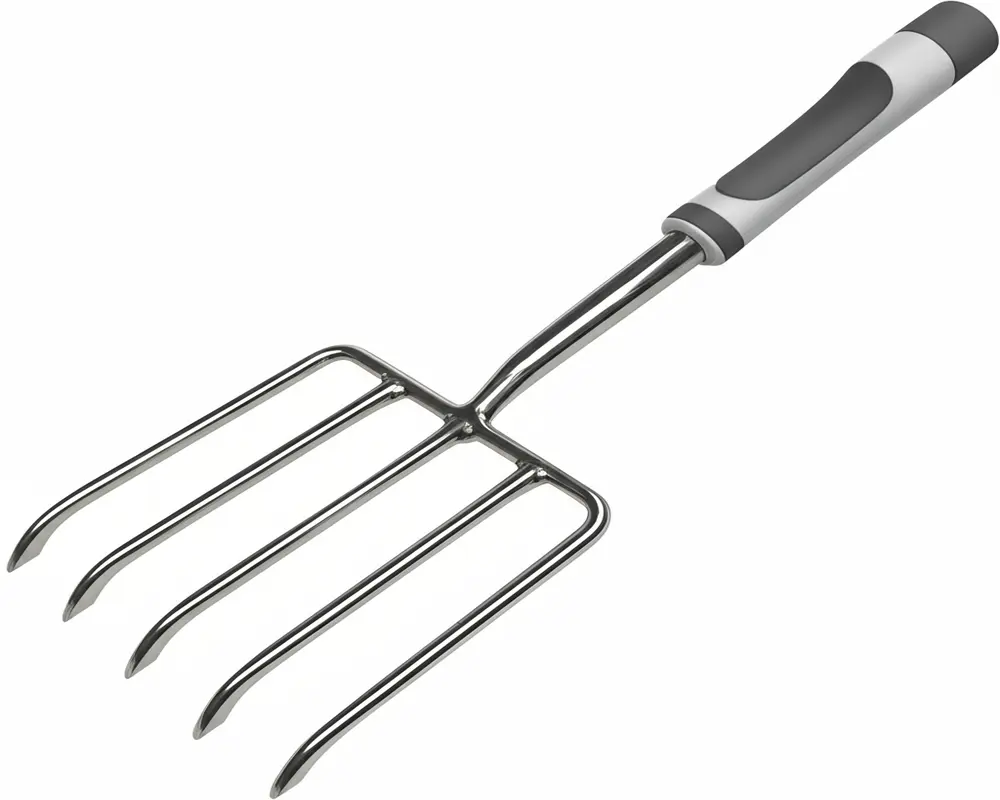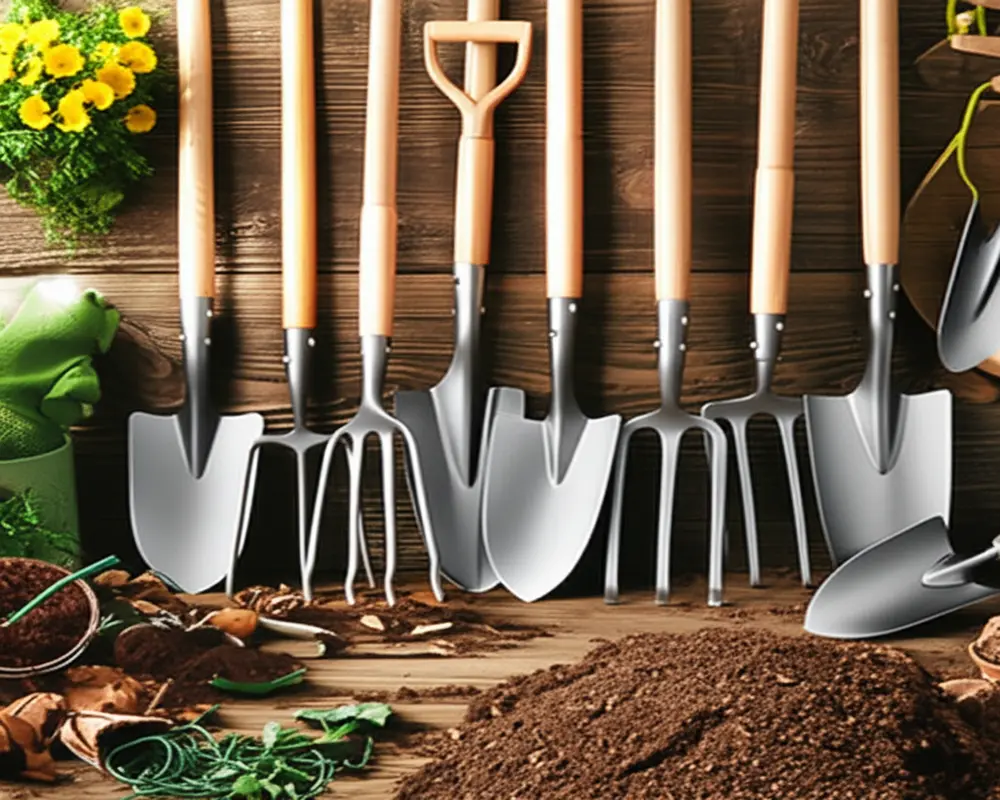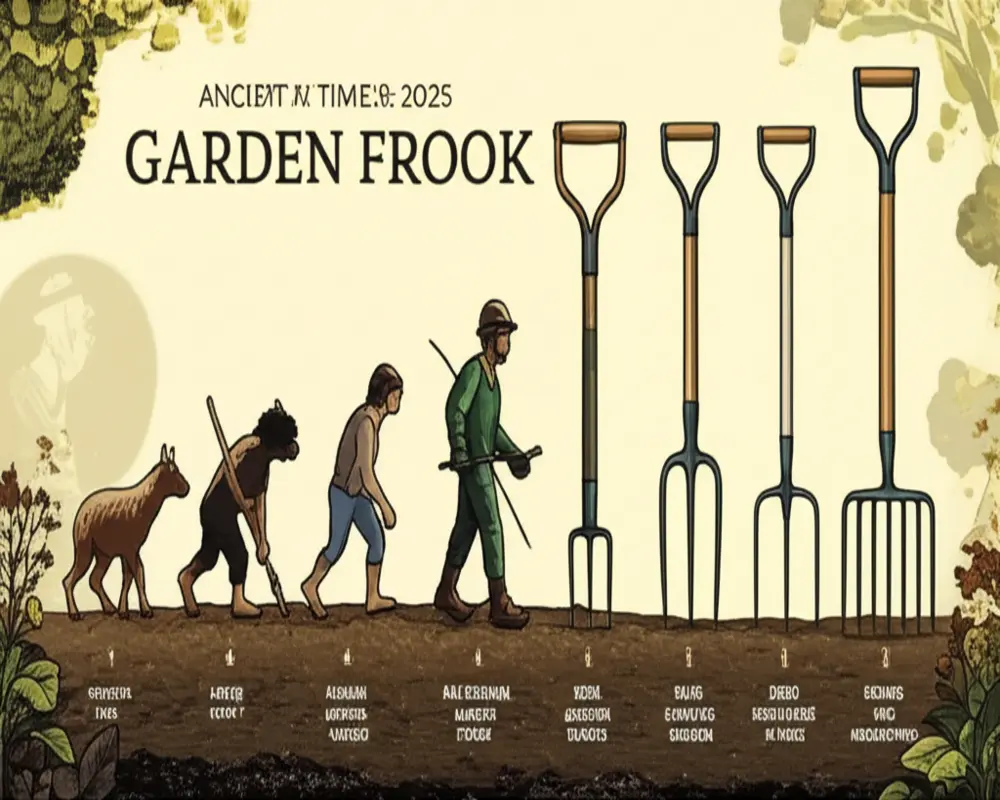Garden Fork History: From Ancient Origins to Modern Use in 2025
The garden fork history traces the evolution of one of gardening’s most enduring tools. Understanding this history offers insight into the gradual advancements in agricultural implements, the progression of design, and materials that have molded the garden fork’s role in horticulture from a primitive instrument to a sophisticated tool used worldwide today. This comprehensive look explores its beginnings, transformations through the centuries, and its present-day significance, reflecting both technological progress and cultural values in gardening.
I. Introduction: Unearthing the Past of a Gardening Staple
The garden fork, a common yet essential gardening tool, typically features multiple sturdy tines mounted on a handle, used for loosening, lifting, and turning soil. Its applications extend to aerating soil, removing weeds, and breaking up compacted earth, making it indispensable in sustainable gardening practices and commercial horticulture alike. Recognizing its garden fork history allows gardeners and historians to appreciate the craftsmanship and purpose behind its evolving design. This article covers its origins, shifts in design and materials, and its cultural resonance, all the way through to modern variants available in 2025.
II. The Pre-Fork Era: Primitive Tools for Cultivation (Before 1000 AD)
Before the garden fork emerged in recognizable form, early cultivation relied on rudimentary tools made from readily available natural resources. Sticks, sharpened bones, and antlers served as early digging and digging-assist implements. The Bronze and Iron Ages introduced basic metal tools that showed the first use of forged implements in agriculture. Ancient Roman and Egyptian societies documented make-shift fork-like tools for farming and gardening, inspired partly by natural forked branches and animal horns.
III. The Emergence of the Forked Tool: From Field to Garden (11th-18th Century)
From the medieval era onwards, farming implements began to take more specialized forms. Farm forks, such as pitchforks and dung forks with iron tines and wooden handles, were primarily used on fields and for manure handling. Gradually, these tools were adapted for gardening tasks, leading to the early concept of the garden fork. The craftsmanship of blacksmiths was paramount during this period, as they refined the tool’s strength and usability, paving the way for its versatility.

IV. The Industrial Revolution and Mass Production (19th Century)
The 19th century introduced mass production and new steel manufacturing techniques which revolutionized garden tool production. Garden forks benefitted from more precise forging methods, resulting in stronger, lighter tines and more ergonomic handles. This era saw innovations such as increasing the number of tines for better soil penetration and the use of hard-wearing materials. Specialized garden fork types, tailored for distinct gardening functions, began to appear, marking significant progress in both tool design and horticultural productivity.
V. The Modern Garden Fork (20th Century to Present)
Continuing into the 20th and 21st centuries, the garden fork experienced enhancements in ergonomics and material science. Stainless steel tines replaced older iron versions, offering corrosion resistance and durability, while handles incorporated composite materials for weight reduction and comfort. Modern garden forks diversify into subtypes like compost forks and broadforks, each catering to specific soil and gardening needs. Manufacturing spans continents, introducing regional design influences and reflecting a global gardening culture. Despite the rise of powered gardening equipment, the garden fork remains an indispensable manual tool.

VI. Anatomy of Evolution: Design and Materials through History
The evolution of the garden fork’s design reflects significant shifts in both material technology and ergonomic considerations. Early tines were simple and handcrafted, made from wrought iron or basic steel, while modern forks feature precision-forged stainless steel or titanium alloys for strength and longevity. Handle designs have ranged from straightforward wood to advanced composites offering grip and shock absorption. Structural features like ferrules and collars enhanced tool durability, balancing weight to optimize usability and reduce gardener fatigue. This balance of form and function defines the garden fork’s successful evolution.
VII. Distinctions and Kinship: Garden Fork vs. Related Tools
While the garden fork is distinct, it shares ancestral ties with various tools like the digging fork, spading fork, pitchfork, dung fork, potato fork, and broadfork. Each serves specific agricultural niches, differentiated historically by tine number, length, spacing, and handle configuration. For example, the pitchfork’s longer, fewer tines suited for hay differ from the shorter, sturdier garden fork tines designed for soil work. Understanding these differences enriches comprehension of farming and gardening tool evolution.

VIII. Cultural Significance and Legacy
The garden fork has influenced agricultural development beyond practical soil work. It has become a symbol of hands-on gardening, connecting generations of gardeners to the earth. Literature from various cultures includes mentions of the garden fork, highlighting its foundational role. Collectors and historians prize antique garden forks for their craftsmanship and as tangible remnants of horticultural history. Its presence in gardening culture underscores humanity’s enduring relationship with the land.
IX. Conclusion: The Enduring Impact
The garden fork history chronicles a journey from simple sticks and bones to sophisticated tools crafted from advanced materials, embodying centuries of innovation and craftsmanship. Its role in sustainable gardening and permaculture remains vital, promising continued relevance in future green practices. The garden fork’s enduring legacy is a testament to human ingenuity and a tribute to the enduring art of gardening.
For gardeners seeking quality tools optimized for comfort and longevity, exploring advancements in ergonomic designs and materials, such as those described in ergonomic garden spades, can provide valuable complements to garden forks in your toolkit.
Frequently Asked Questions (FAQs)
- What materials were traditionally used in garden fork tines?
- Originally, garden fork tines were made from wrought iron or basic steel, transitioning in modern times to stainless steel and composite alloys for enhanced durability and rust resistance.
- How did the Industrial Revolution affect garden fork design?
- Mass production techniques allowed for stronger, lighter tines and more ergonomic handles, with greater specialization emerging to meet diverse gardening needs.
- Are there different types of garden forks for specific tasks?
- Yes, there are compost forks, broadforks, spading forks, and more, each designed for specific soil conditions or gardening activities.
- Can antique garden forks be collected?
- Absolutely, antique garden forks are collected for their historical value, craftsmanship, and as symbols of agricultural heritage.
For an expert’s insight on proper garden spade usage and maintaining your tools, reviewing resources such as digging spade technique can be instrumental in enhancing your gardening efficiency.
Additional authoritative information on horticultural tools and gardening practices can be found through institutions such as the Royal Horticultural Society (RHS) and university agricultural extensions like Penn State Extension.
Historical perspectives on tools including garden forks are also documented extensively in the collections of the Smithsonian National Museum of American History.

